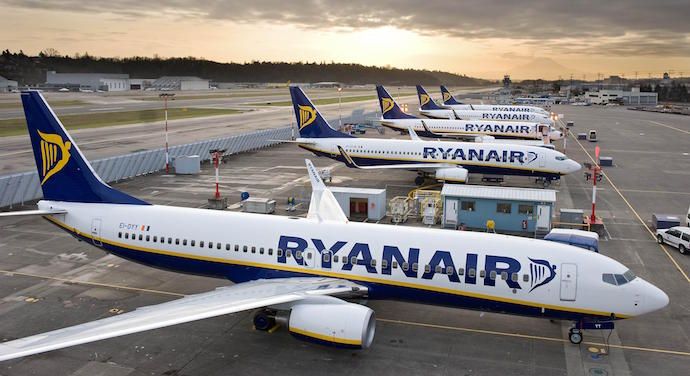

To design aperfectly directional antenna, you’d have to make it infinitely large…not too practicalif you need to rotate it 10 times a minute. However, the directional antenna is less than perfectly directional. It’s called"directional" because, like the primary radar antenna, it is designed to beamthe interrogations and to receive the replies only from the direction it is pointed. It is a bar-shaped affair that is usually perchedatop the primary radar antenna and rotates along with it. The second ground station antenna, called the directional antenna, is used to sendinterrogations to airborne transponders and to receive replies from those transponders,providing secondary radar capability. It is used to detectaircraft "skin paint" and also can detect weather to some degree. The biggest and most obvious one is theprimary radar antenna, which looks like a parabolic dish that goes round and round (10times a minute for approach control radar, 6 times a minute for long-range center radar).This antenna transmits powerful pulses and then listens for echoes.

If you take a close look at an ATC radar ground station, you’ll see thatthey actually consist of three separate antennas. Center controllers and pilot groups like AOPA are opposed to this, and it remainsto be seen if anything comes of it. If they did this, centers would no longer be able to"see" any aircraft that were not transponder-equipped or whose transponderfailed. However, the FAA is threatening to decomission primary radarfrom its enroute facilities. Today, virtually all ATC radar installations are equipped with both primary andsecondary radar capability. Transponders are also sometimes referred to as "beacons", and another namefor secondary radar is "ATC Radar Beacon System" or ATCRBS (pronounced"at-crabs").
Aircraft buzz number decoding code#
Depending on the type of interrogation, the transponder sends back anidentification code (Mode A) or altitude information (Mode C). It depends on a"transponder" in the aircraft to respond to interrogations from the groundstation. Secondary radar was invented to overcome these limitations. And it only reportsa target’s azimuth and range, not its altitude. It’s ratherindiscriminite about what it detects: airplanes, trucks, hills, trees. (There’s some debate as to how well it works trackingflying saucers.) Its range is limited by terrain and precipitation. It works best with large all-metal aircraft, notso well on small, composite aircraft, and not at all with some of the new"stealth" technology. It’s the samesort of radar that was used in World War II to detect enemy aircraft. Primaryradar (sometimes called "skin paint") works on the principle of bouncinghigh-powered microwave pulses off objects and detecting the reflected echo. ATC radar facilities presently have both both primary and secondary radar.


 0 kommentar(er)
0 kommentar(er)
